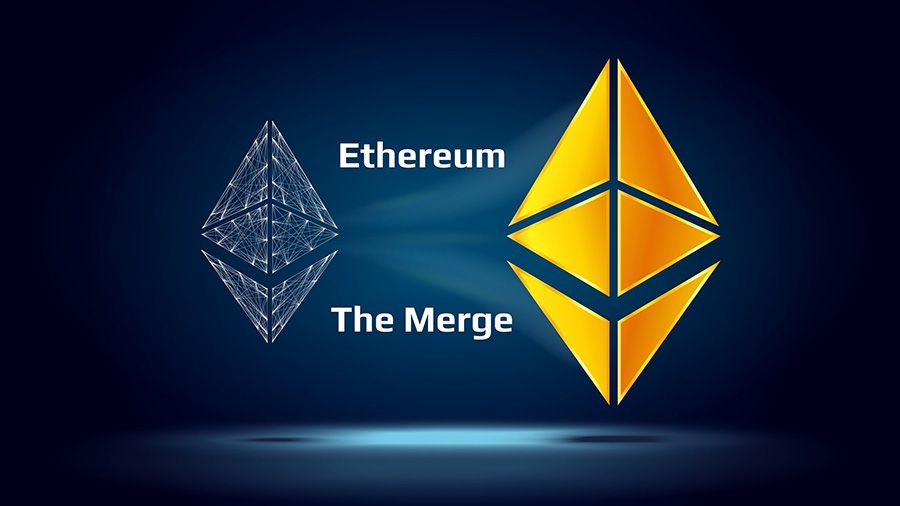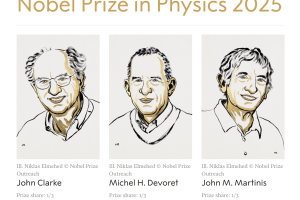‘Ethereum Merge’ could cut the network’s energy usage by as much as 99.5%.
Ethereum is about to switch blockchain verification systems from Proof-of-Work to the more energy-efficient Proof-of-Stake.
It could be a sea-change towards sustainability for the crypto-currency industry.
With the crypto-currency market under pressure in recent months, a long-awaited software upgrade to one of the most popular crypto platforms, Ethereum, was made public last week.
The upgrade – known as ‘the Merge’ – has undergone several delays since it was first announced back in 2014, leaving many questioning whether an alternative, energy-efficient consensus strategy for the industry would ever come to pass.
Crypto has been waiting for a recalibration towards sustainability: one that not only optimizes the value proposition that crypto and blockchain applications present for crypto users, but also for Web3 climate innovators, the new generation of environmental advocates, as well as US climate efforts more broadly.
If the run-up to the Ethereum Merge progresses without a hitch, it will take place around 13-15 September. This migration would shift Ethereum – which serves as the technological pillar for thousands of Web3 projects and 71 million Ethereum-based crypto wallets – from its current Proof-of-Work (PoW) system to a Proof-of-Stake (PoS) system (see the explanation below).
Such a shift will, according to the Ethereum Foundation, cut the network’s energy usage by 99.95% and lay the foundation for further improvements to its core infrastructure. At a higher level, the Ethereum Merge could likely change the narrative around the entire industry in relation to potential climate benefits.

What are Proof-of-Work and Proof-of-Stake?
PoW and PoS are protocols intended to validate transactions and keep the blockchain network decentralized and secure. PoW is a mechanism bitcoin uses to regulate the creation of blocks and the integrity of the network through the process of mining. PoS is an alternative consensus mechanism that delegates control of the network to the owners of a given token. PoW has long been criticised for its energy intensity.
Why is Ethereum Merge important?
The Ethereum Merge is a landmark event in the history of crypto. As Justin Drake, one of Ethereum’s key researchers leading the migration, put it: “The Merge dramatically increases the security of Ethereum. An attacker needs 51% of the blockchain’s value to [take control]. With Proof of Work [the previous mechanism that powered Ethereum], you need on the order of $5 billion, which allows you to buy enough computers and transformers, connect all of them to the grid, and then carry out an attack. With Proof of Stake [the system Ethereum is transitioning to in the merge], we will have about $20 billion in economic security today – and this is a number I expect will grow dramatically.
“The other interesting aspect of the Ethereum merge is that with Proof of Stake if we do suffer a 51% attack, we can precisely identify the attacker and eject them from the system. More than that, we can penalize them, including by destroying all their stake. And if they want to do a second attack, they have to rebuy.”
In addition to increased security and more robust guard-rails against fraud, the outcome of the Ethereum Merge will impact a wide portfolio of tools and services that operate on the Ethereum blockchain: namely, decentralized applications (dApps), decentralized finance (DeFi) protocols, as well as millions of non-fungible tokens (NFTs). Furthermore, given how expansive and influential Ethereum is, this transition will likely have a ripple effect on the direction in which the crypto and broader Web3 industry develops and contributes to positive climate action.
It’s critical to note, however, that the Ethereum Merge is not the be-all and end-all. There are a series of subsequent phases that the Ethereum Foundation plans to execute. According to Ethereum co-founder Vitalik Buterin, the foundation will be tackling “the Surge, the Verge, the Purge, and the Splurge”, all of which aim to make Ethereum faster, safer and more decentralized. “At the end of this road map, Ethereum will be a much more scalable system … By the end, Ethereum will be able to process 100,000 transactions per second.”
What does more sustainability mean for crypto-currencies?
A successful transition to PoS would flag a huge signal to regulators that the crypto industry has the power to adapt in a way that prioritizes our planetary well-being. As we consider the White House Office of Science and Technology Policy’s (OSTP) report on Climate and Energy Implications of Crypto-Assets in the United States, the Ethereum Merge will likely invigorate further research and collaboration between the crypto industry and Congress.
The OSTP stated in the report that: “Federal agencies should provide technical assistance and initiate a collaborative process with states, communities, the crypto-asset industry, and others to develop effective, evidence-based environmental performance standards.” Other recommendations included assessing and enforcing energy reliability in light of crypto-mining projects, setting energy efficiency standards, and research and monitoring. This assessment demonstrates that the White House acknowledges the positive contribution crypto-mining can make to the nation’s clean energy transition.
In parallel with the Ethereum Merge, this acknowledgment should serve as an incentive for PoW-based applications and miners to utilize clean, renewable energy sources. Doing so would attract lucrative financing from ESG-conscious business leaders keen to make green investments. Similarly, sustainable crypto-mining would also draw the regulatory support needed to amplify and scale the industry’s capacity to achieve its full potential as a valuable job creator, wealth builder and city developer. The possibility for further expansion in this space in lockstep with climate-positive Web3 innovation remains steadfast.















Add Comment